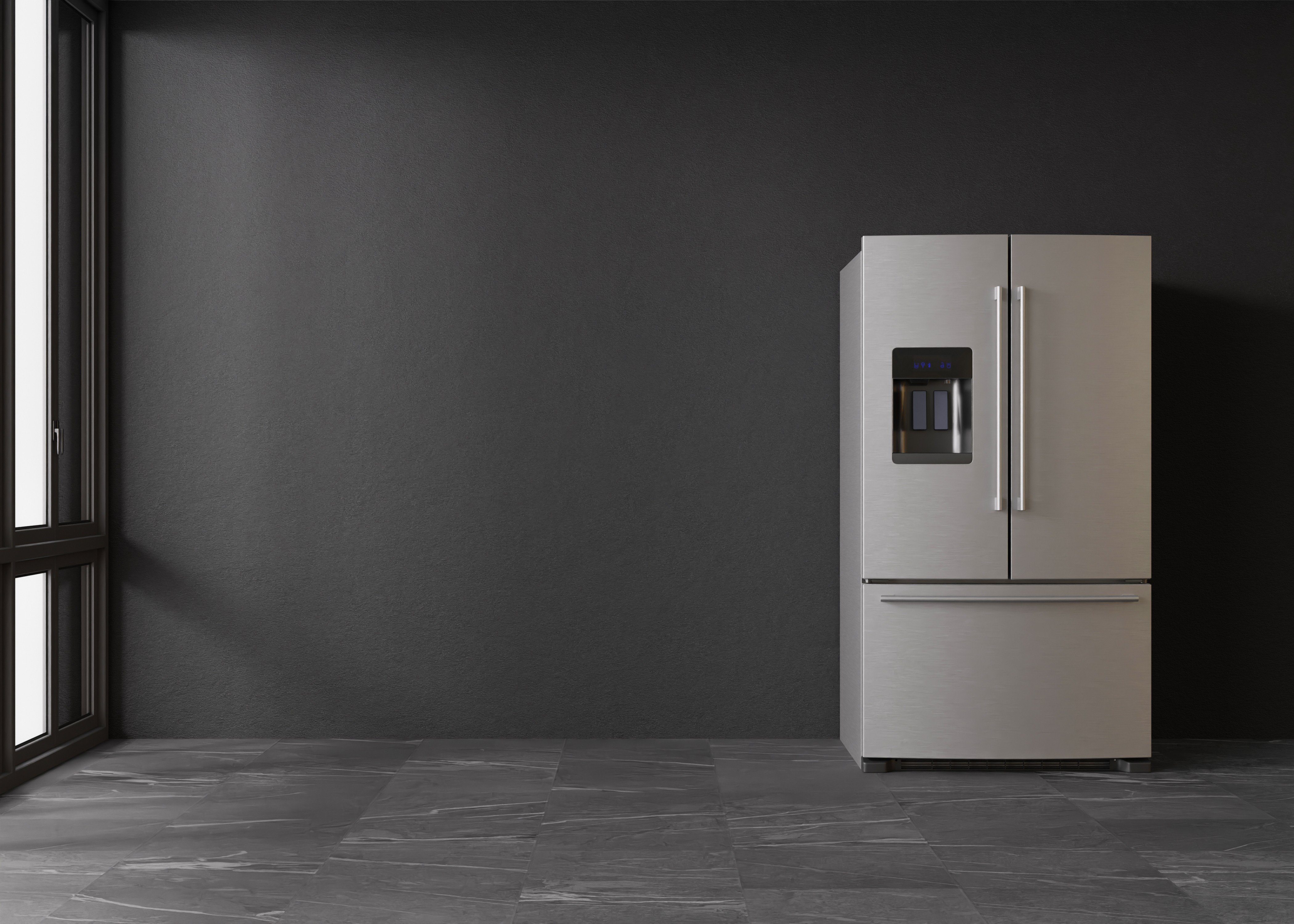What Fridges And Freezers Experts Want You To Be Educated
Understanding Fridges and Freezers: The Essential Kitchen Appliances
Refrigerators and freezers are 2 of the most important devices in modern kitchens. These home appliances serve a vital function in food conservation and waste reduction by making sure that perishable items stay fresh and safe for consumption. This short article looks into the different types of fridges and freezers, their functionalities, and important considerations for selection and upkeep.
Types of Refrigerators
The market offers a variety of refrigerator types, each developed to meet various consumer needs. Below is a list of the most typical types of fridges:
Top-Freezer Refrigerators
- Most common type.
- Freezer compartment is located above the refrigerator area.
- Typically more affordable and energy-efficient.
Bottom-Freezer Refrigerators
- Freezer is located at the bottom.
- Allows easier access to fresh items at eye level.
- Frequently features pull-out drawers for much better company.
Side-by-Side Refrigerators
- Refrigerator and freezer areas are surrounding.
- Suitable for narrow cooking areas and allows simple access to both compartments.
- Frequently features water and ice dispensers.
French Door Refrigerators
- Combines a bottom freezer with double doors at the top.
- Offers sufficient storage and trendy styles.
- Often includes functions like temperature-controlled drawers.
Compact Refrigerators
- Smaller size suitable for restricted areas.
- Frequently utilized in dormitory rooms, studio apartments, or as secondary fridges.
Table 1: Comparison of Refrigerator Types
Type
Advantages
Drawbacks
Common Size
Top-Freezer
Budget-friendly, energy-efficient
Less practical access to the freezer
14-30 cu. ft.
Bottom-Freezer
Easier access to fresh food
Freezer can be harder to arrange
19-30 cu. ft.
Side-by-Side
Easy gain access to, water/ice dispenser
Narrow vs. storage area
22-30 cu. ft.
French Door
Elegant, roomy, organized
More pricey
20-30+ cu. ft.
Compact
Space-saving, portable
Minimal storage
1.7-5.5 cu. ft.
Types of Freezers
Freezers are an equally important device for food preservation. They can be found in various designs developed to fit different family needs. Think about the following types:
Upright Freezers
- Operate like a standard refrigerator with vertical storage.
- Simpler to organize with shelves and compartments.
Chest Freezers
- Big, horizontal design generally providing more storage space.
- Maintains temperature levels much better during power blackouts.
- More energy-efficient than upright models.
Portable Freezers
- Compact units perfect for outside activities or small spaces.
- Frequently utilized for camping trips or as momentary storage.
Table 2: Comparison of Freezer Types
Type
Benefits
Drawbacks
Normal Size
Upright Freezer
Much easier to arrange
Less energy-efficient, more flooring space
5-20 cu. ft.
Chest Freezer
Holds more items, energy-efficient
Harder to organize
5-25 cu. ft.
Portable Freezer
Compact and flexible
Minimal storage capacity
1-10 cu. ft.
Key Features to Consider
When selecting a fridge or freezer, customers need to bear in mind a number of features that can enhance functionality:
- Energy Efficiency: Look for designs with the ENERGY STAR certification to minimize electrical power expenses.
- Storage Capacity: Evaluate storage requirements based on family size and eating practices.
- Temperature level Control: Some appliances provide digital controls for precise temperature settings.
- Adjustable Shelving: Customizable shelving permits optimal company.
- Water and Ice Dispenser: Offers convenience but can use up valuable area inside.
- Noise Level: Sound rankings can influence convenience, specifically in open-concept homes.
Benefits and drawbacks of Having a Fridge and Freezer
While fridges and freezers are essential technologies, they also have specific benefits and disadvantages:
Pros
Cons
Maintain food lifespan and lower waste
Require routine upkeep
Allow bulk buying and meal prepping
Can be costly to acquire and run
Offer convenience and fast access to food
Inhabit substantial cooking area area
Maintenance Tips
To ensure longevity and ideal performance of fridges and freezers, consider the following upkeep ideas:
- Regular Cleaning: Clean the exterior and interior periodically to avoid buildup of dirt and germs.
- Examine Seals: Inspect door seals frequently for leakages to keep performance.
- Temperature level Settings: Keep the fridge at 34-38 ° F and the freezer at 0 ° F for ideal food preservation.
- Thaw as Needed: Chest freezers ought to be defrosted routinely to maintain effectiveness.
- Clear Air Vents: Ensure that airflow isn't blocked to enhance energy performance.
Frequently asked questions About Fridges and Freezers
Q1: How long can food be stored in a freezer?A: Most foods can be kept in a freezer for several months. Cheapest Fridge Freezer UK and poultry often last 4-12 months, while vegetables can last up to 8-12 months.
Q2: How frequently must I clean my fridge and freezer?A: It is advisable to clean your fridge and freezer every 3 to 6 months, or as required when spills occur. Q3: Can I put hot food straight in the fridge?A: It is advised to cool hot food to space temperature before placing it in the fridge to prevent
raising the temperature level inside the device. Q4: Why is my fridge running constantly?A: This might be due to a malfunctioning thermostat, clogged up coils, or door seals that aren't working correctly. Fridges and freezers are invaluable
possessions to modern-day households, offering necessary services for food storage and preservation.
Comprehending the numerous types, features, and upkeep requirements can help consumers select the ideal home appliances for their needs and optimize their performance. Accepting energy-efficient models not only supports sustainable practices but also contributes to significant savings on energy costs, making informed choices more crucial than ever. 